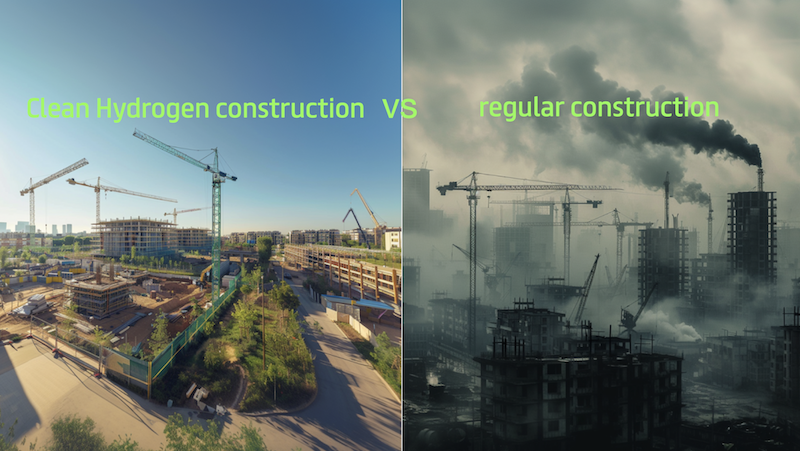India is the fastest-growing trillion-dollar economy in the world.
Despite the negative impact of lockdown resulting in a near-stop of economic activities, 2021 has seen the second largest English speaking nation in the world (behind North America) with a growth expectation of 11.5%.
Covid tipped the country into its first ever recession but this has not stopped the vitality of India’s financial markets. In fact India is enjoying record annual inflows of foreign direct investment.
India has long enjoyed its relationship with growth across all major sectors, and its latest budget saw government spending increase across critical markets of agriculture, education, defence, infrastructure and healthcare.
For decades there has been huge drive in India’s manufacturing and construction sectors, with titans such as the beloved UK construction manufacturing company JCB forging a wonderfully symbiotic partnership with the country, as India has flourished from the ground up. In 2020 JCB announced its world-first Zero-emission Hydrogen digger to much international applause.

JCB launched the world’s first zero-emission Hydrogen powered digger in 2020 in conjunction with Jo Bamford’s Hydrogen technology company Ryse Hydrogen
As Europe, Japan, Australia, Germany, China and several other countries forge ahead with their own Hydrogen strategies, India has launched its own push towards Hydrogen, as a fuel solution for helping the country decarbonise.
India’s recent spotlight on “green hydrogen” has now received an exciting breakthrough with a new collaboration between two firms aiming to install hydrogen production facilities in the Tamil Nadu state.
Nasdaq-listed Fusion Fuel Green signed an agreement with BGR Energy Systems, an engineering firm, centered around a series of green hydrogen projects in India.
Following the establishment of an initial production plant, the companies will focus on the development of bigger projects in the region.
According to Fusion Fuel Green, the companies are “excited to establish a foothold in the burgeoning green hydrogen industry” describing their extensive aspirations for supplying hydrogen across several “heavy industrial applications.”

‘Green’ or ‘clean’ Hydrogen is made when electrolysis (the process of splitting water into its component parts of Hydrogen and Oxygen) is powered using renewable energy such as wind or solar.
Hydrogen background:
Described by the International Energy Agency as a “versatile energy carrier,” hydrogen can be used across numerous ‘heavy emitting’ sectors, including transport and industry. Pioneering companies such as the UK’s Ryse Hydrogen founded by Jo Bamford, have long advocated the numerous benefits of the zero-emission fuel solution. Ryse are touted as being one of the UK companies unlocking the ‘hydrogen economy’, by pushing through a network of Hydrogen hubs. They have seen recent success partnering with EDF in their bid to develop a Hydrogen hub at Freeport East; the project was given the greenlight in the UK’s recent budget announcements.
In transport Northern Ireland’s Wrightbus have manufactured and launched the world’s first zero-emission Hydrogen double-decker bus, as governments and local councils push to decarbonise ahead of net-zero target dates.
As well as buses all other forms of transport can be powered using Hydrogen fuel-cells: trains, airplanes, cars and ships, and a growing number of companies specialising in Hydrogen solutions have now come together to campaign for more government support. Fast-tracking the developing infrastructure required for continued growth in the sector is much needed.

Northern Irish bus manufacturer Wrightbus have launched several fleets of zero-emission Hydrogen double-decker buses across the UK
Production of Hydrogen has many different methods, some of them carbon-burning, but the most desired form of hydrogen is ‘green hydrogen’, and the only way to qualify for this lofty title is by producing the gas using electrolysis powered by renewable energy. Electrolysis is the method of splitting water back into its component parts of Oxygen and Hydrogen, allowing the capture of that Hydrogen that can then be used to power numerous forms of transport and industry.
Currently, the majority of hydrogen production in India requires fossil fuels, which of course is hugely contributing to the emissions crisis. According to Wood Mackenzie Green hydrogen (which is expensive to produce) accounts for only 0.1% of worldwide hydrogen production in 2020, and so several governments have launched forward-thinking ‘Hydrogen strategies’ to help scale up production in order to get costs down. There is no denying the demand.
India’s hydrogen targets:
India’s Prime Minister Narendra Modi has recently said his country will launch “a comprehensive National Hydrogen Energy Mission.” a clear sign that green hydrogen has an important part in India’s energy future.

The Indian Prime Minister has made it clear that Hydrogen will play a big part in India’s energy future
India’s finance minister added: “India will launch a Hydrogen Energy Mission in 2021-22 for generating hydrogen from green power sources.
By 2050, nearly 80% of India’s hydrogen is projected to be ‘green’ – produced by renewable electricity and electrolysis.”
In the medium term, India forecasts that the cost of hydrogen from renewables will drop by over 50% before 2030, which means it will “start to compete with hydrogen produced from fossil fuels.”
India is the planet’s third biggest emitter of greenhouse gases, behind China and the U.S. so its ambition to become a more sustainable country is not surprising but remains a huge challenge, for which green Hydrogen will now be a significant part of the solution.






